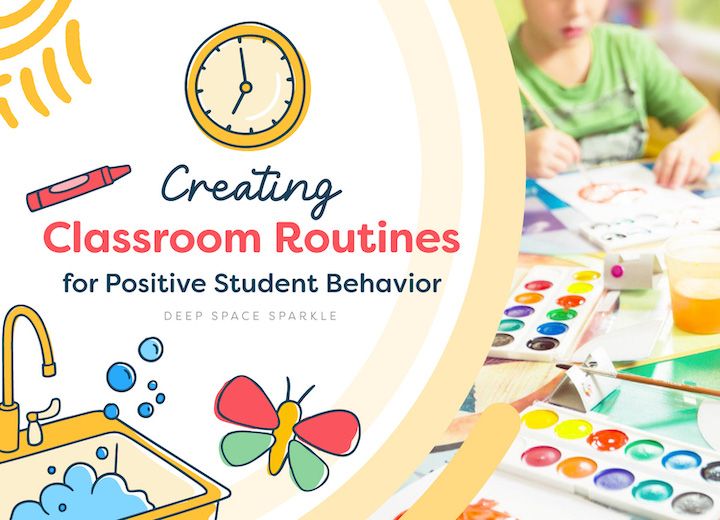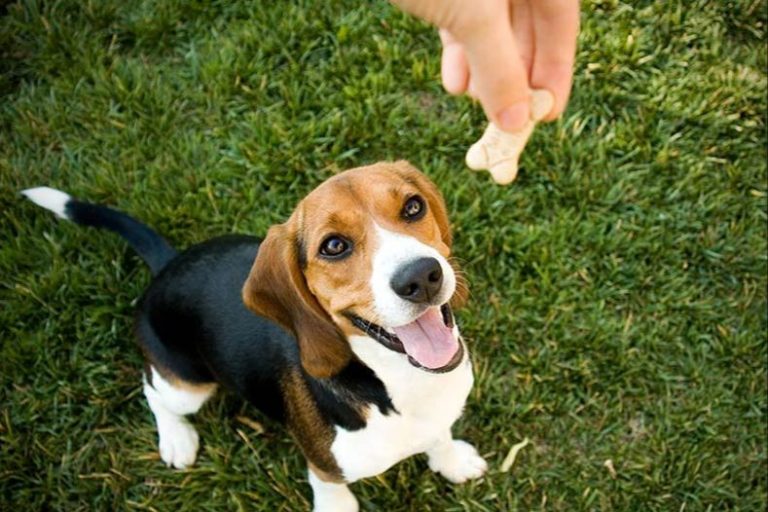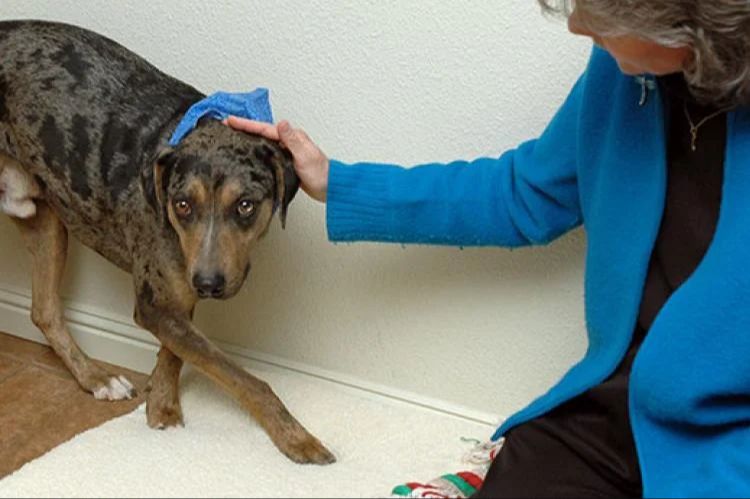Redirecting Unwanted Behavior: Positive Reinforcement Techniques
Positive reinforcement is a concept in psychology and behaviorism that focuses on using pleasant stimuli to encourage desired behaviors. The premise is that by offering rewards and praise for good behavior, you increase the likelihood that the behavior will be repeated in the future (https://www.dictionary.com/e/tech-science/positive-reinforcement/).
Psychologically, positive reinforcement works through operant conditioning. When a pleasant stimulus is provided after a desired behavior, it strengthens the association between that behavior and a positive outcome. The brain learns that performing the behavior leads to rewards, which motivates repetition of the action (https://www.ncbi.nlm.nih.gov/pmc/articles/PMC2223177/).
In summary, the definition of positive reinforcement involves presenting a motivating stimulus after someone exhibits a desired response. This reinforces the behavior psychologically and makes it more likely to reoccur in the future.
Goals of Positive Reinforcement
The primary goal of positive reinforcement is to encourage wanted behaviors. By rewarding good behavior, we make those behaviors more likely to be repeated in the future Positive reinforcement in psychology. Positive reinforcement helps strengthen the behaviors we want to see, rather than punishing unwanted behaviors.
Another key goal is to reduce unwanted behaviors. Although positive reinforcement focuses on promoting good habits, it can also lead to a decline in negative behaviors. This occurs because people are getting positive feedback for better choices, making the unwanted behaviors less rewarding by comparison Positive reinforcement examples.
Additionally, positive reinforcement aims to strengthen relationships between people. By providing rewards and praise, it fosters trust, expresses care, and makes people feel valued. This creates an environment where people feel safe to learn and try new things. The focus remains on recognizing effort and progress.
When to Use Positive Reinforcement
Positive reinforcement is most effective for teaching new skills and behaviors. By rewarding desired actions, you increase the likelihood that the behavior will be repeated. This technique helps establish new habits. For example, a parent could use stickers and praise to reinforce a child learning to use the potty. The child associates using the bathroom appropriately with receiving something enjoyable.
Positive reinforcement also helps sustain changes in behavior over the long-term. After a behavior is learned,periodic rewards encourage people to keep performing it. In a classroom, a teacher may continue giving rewards for good behavior and work even after students have learned expectations. This helps ingrain habits. The key is to reward behavior intermittently, not continuously.
Finally, positive reinforcement increases the frequency of desired actions. When people receive rewards for behaviors, they are likely to repeat those actions. For instance, an employee who receives praise and bonuses for high sales will be motivated to continue striving for strong sales numbers. On the other hand, undesirable behaviors decrease in frequency when not rewarded.
Types of Positive Reinforcers
There are many different types of positive reinforcers that can be used to encourage good behavior. Some of the most common and effective include:
Praise
Verbal praise is one of the simplest positive reinforcers. Telling a child “good job” or “great work” when they demonstrate a desired behavior increases the likelihood that behavior will continue. Praise shows approval and appreciation. Some tips for effective praise include being specific, sincere, and immediate. [1]
Attention
Giving a child extra positive attention, like playing with them or listening attentively, can also reinforce good behavior. Attention shows you value the behavior. Try giving enthusiastic attention immediately after the desired response. [2]
Privileges
Granting special privileges like a later bedtime, extra screen time, or a special outing demonstrates approval. These special privileges or increased independence reinforce positive actions. Outline privileges clearly ahead of time so kids know what to work toward. [1]
Rewards
Tangible rewards like stickers, points, toys, or treats are positive reinforcers that can be collected and exchanged. Make sure rewards hold meaning and interest for the child. Offer rewards frequently at first, then slowly phase down. Unexpected rewards work better than promised ones. [2]
Preferred Activities

Giving access to a preferred activity, like a special craft, video game, or trip to the park, makes that activity a positive reinforcer. Tap into the child’s interests. Schedule brief but frequent opportunities to engage in preferred activities after demonstrating desired behaviors. [1]
Guidelines for Effective Reinforcement
There are several key guidelines to follow to ensure reinforcement is effective in shaping behavior. According to research, reinforcement should be:
- Immediate – Reinforce the behavior as soon as it occurs. The shorter the delay, the stronger the reinforcement will be. For example, praise a child right after they clean up their toys.
- Consistent – Reinforce and reward the behavior every time it occurs. Being inconsistent will weaken the impact.
- Personalized – Tailor the reinforcer to the individual child. Understand their preferences and motivations.
- Varied – Rotate different forms of positive reinforcement to maintain effectiveness. For example, mix earned privileges, social rewards like praise, and tangible items.
- Age-appropriate – Ensure the reinforcement is suitable for the child’s age and developmental level.
Following these evidence-based principles will lead to optimal results when using positive reinforcement techniques. The key is providing immediate rewards contingent on good behavior in a consistent, personalized way.[1]
Setting Up a Reward System
Setting up an effective reward system for kids involves several key steps:
First, determine the specific behaviors or goals you want to encourage. Be very specific and break down bigger goals into smaller, achievable steps. For example, if the goal is getting ready for school on time, break that down into objectives like getting dressed quickly, eating breakfast, and brushing teeth without reminders [1].
Next, select appropriate reinforcers or rewards. Choose small rewards for daily goals and larger rewards for bigger achievements. Effective reinforcers are things the child finds motivating. Praise, privileges, activities, stickers, points or tokens that accumulate toward prizes can work well. Ask the child for reward ideas, too [2].
Then, create a method to track progress like a sticker chart, token board, or progress report. Visual aids help children see what they need to do to earn the rewards. Make sure the tracking system is easy to maintain daily.
Finally, determine appropriate “costs” for rewards. If using a point system, set how many points are needed to redeem different prizes or privileges. Bigger rewards take more effort. Ensure the “cost” matches the behavior difficulty and the reward value to the child.
Following these steps sets up an organized, motivating system to encourage positive habits.
Positively Reinforcing Good Behavior
There are some key strategies for effectively using positive reinforcement to encourage good behavior:
Identify Target Behaviors
First, identify 1-2 specific behaviors you want to reinforce. Be as precise as possible. Rather than “being good,” choose “putting toys away” or “using inside voice.” This helps the child know exactly what to do for reinforcement.
Take Notice and Praise
When the child exhibits the target behavior, take notice right away. Provide enthusiastic, genuine praise like “Awesome job putting your toys away!” Praise the behavior, not the child. Be specific so they know which actions earned the praise.
Be Consistent
Reinforce the target behaviors every time they occur. Random or inconsistent reinforcement is less effective. Consistency helps ingrain the behavior.
Keep It Up Long-Term
Continue reinforcing the behavior even after it becomes a habit. This ensures the habit sticks. Gradually shift from constant reinforcement to a partial, intermittent schedule.
With persistence and positivity, positive reinforcement can instill good habits for life. The key is identifying target behaviors, praising consistently, and maintaining it long-term.
Avoiding Pitfalls
While positive reinforcement is an effective strategy overall, there are some common pitfalls to avoid:
Don’t reward unwanted behaviors – It’s important not to reinforce bad habits or negative behaviors. Rewarding these can encourage their repetition. Instead, ignore unwanted behaviors if possible or use correction paired with positive reinforcement for good behaviors (Source).
Watch for satiation – Giving too many rewards can lessen their reinforcing effects. Consider limiting rewards, varying rewards, or introducing intermittent reinforcement once a behavior is established (Source 2).
Pair with instruction – While rewarding good behavior is key, also provide clear instruction about what behaviors are desired. Don’t rely solely on rewards without giving direction (Source 3).
When Positive Reinforcement May Not Work
While positive reinforcement can be highly effective in most situations, there are some cases where it may not produce the desired results. Some mental health conditions like depression or anxiety can make individuals less responsive to rewards. Children with developmental disabilities like autism may struggle with cause-and-effect connections, making it harder for them to connect their behavior with the reward. In cases of trauma or neglect, a child’s basic needs like safety and attachment may take priority over behavioral rewards.
The key is determining why positive reinforcement is not working for each unique situation. According to this source, the time between the behavior and the reward may be too long. Or the rewards being given may not be motivating enough for that individual. Sometimes the behavior itself needs to be broken down into smaller steps for rewards to be effective. Consulting a professional can help identify the underlying cause when positive reinforcement doesn’t seem to work.
While positive reinforcement has proven highly successful in most behavioral interventions, it may not be the right approach for every circumstance. Understanding the individual factors at play is key to adapting the techniques or exploring additional strategies as needed.
Conclusion
In summary, positive reinforcement is an effective method for redirecting unwanted behavior by consistently rewarding desired behaviors.
Some key points covered in this article include:
- The main goal of positive reinforcement is to increase the frequency of good behaviors by providing motivating rewards.
- Positive reinforcers like praise, privileges, or prizes should directly follow the desired behavior to strengthen the behavior-reward association.
- Creating a structured reward system with clear expectations is crucial for positive reinforcement success.
- Positive reinforcement builds habits, skills and relationships by focusing on the positive.
When implemented correctly, positive reinforcement can lead to lasting behavior changes without harming self-esteem or relationships. Children and employees respond better to rewards and encouragement than criticism or punishment.
While positive reinforcement may not work in every situation, it should be considered as a go-to strategy for promoting good behavior at home, school and work. Consistency, proper timing and age-appropriate rewards are key to long-term positive reinforcement success.






